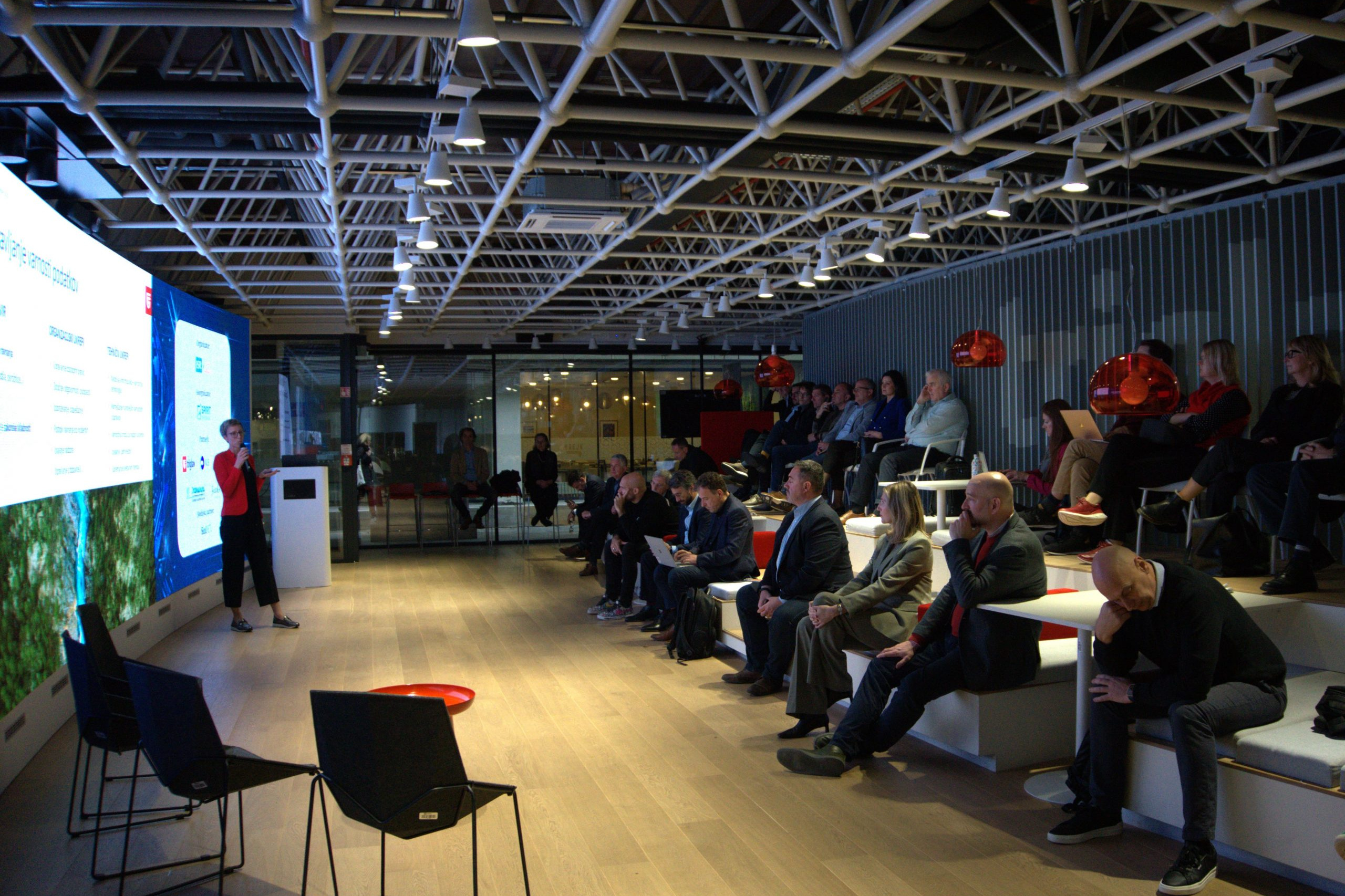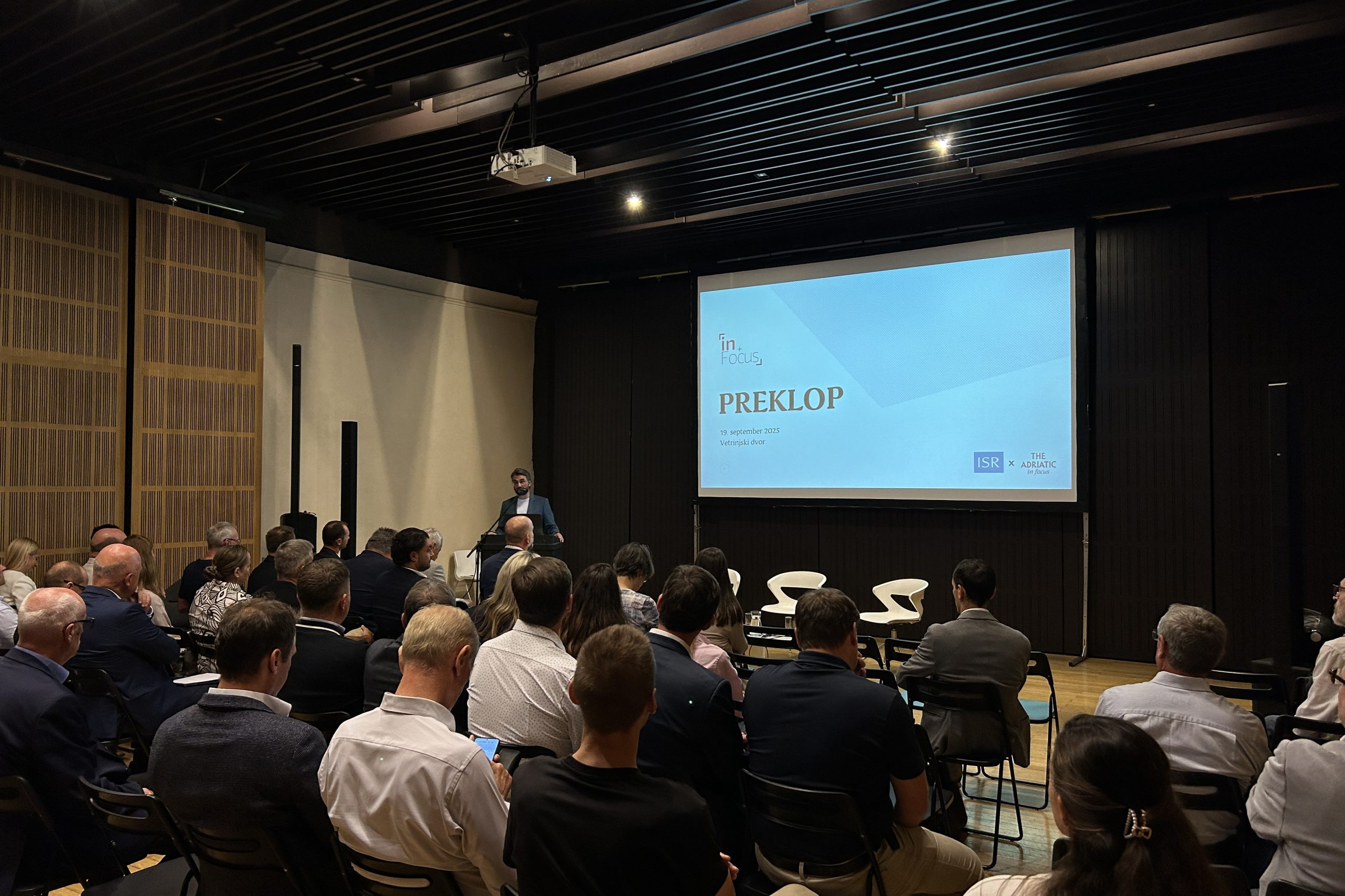Not only what we measure, but also how we measure
Barbara Matijašič
Leadership in Healthcare Amidst New Technologies was the focus of a recent international conference hosted in Bled, Slovenia. Organised by IEDC-Business School and the Bled Institute for Leadership in Digital Transformation and Artificial Intelligence (BILDAI) as well as supported by Slovenian Ministries of Health and Digital Transformation, along with the Medical Chamber of Slovenia, the event hosted an impressive lineup of speakers, while discussions were intertwined with ambition and motivation for change.
Public health systems across Europe are not in good shape, previously described by OECD as “underprepared, understaffed and facing underinvestment”. Slovenia is not immune to these issues. Like other countries, we face an aging population, increasing numbers of patients with chronic diseases, and a shortage of healthcare workers. Health Insurance Institute of Slovenia last weeks’ statistics are again alarming: only 69 or 7.3% of family medicine clinics are accepting new patients (compared to 95 or about 10% last July). On 31 May 2024, 136,754 people in Slovenia were without a doctor – this is a little less than 10% of the whole population.
The solutions discussed centered around new models that prioritize preventing health problems, promoting wellbeing, and providing value-based healthcare, shifting away from only treating illness. Patient involvement and citizen motivation were also emphasized. Now is the time to take advantage of digital technologies and for policymakers and industry to act together.
In light of this, the importance of measurement cannot be overstated. Yet, not only what we measure, but also how we measure it is key – a principle derived from the Father of Management, Peter Drucker’s popular quote, You can’t manage what you can’t measure. Although Drucker never actually said it, the importance of setting clear and measurable goals with accurate inputs cannot be overstated. It is crucial for evaluating strategies, tracking progress, and making effective data-driven decisions.
Understanding not only what we measure but also how we measure is also vital within the framework of Value-Based Healthcare (VBHC), which Slovenia is slowly embracing. Prioritizing results over inputs and focusing on broader value for the patient, rather than just individual outcomes or findings, is key. Successful implementation of VBHC demands a holistic approach, including defining appropriate indicators, measuring costs, collecting data, and adjusting the financing. Collaboration among all stakeholders – patients, providers, and payer – is essential to defining success. In the words of a conference speaker, “Difficulty lies not in the new ideas, but in escaping the old ones.”









